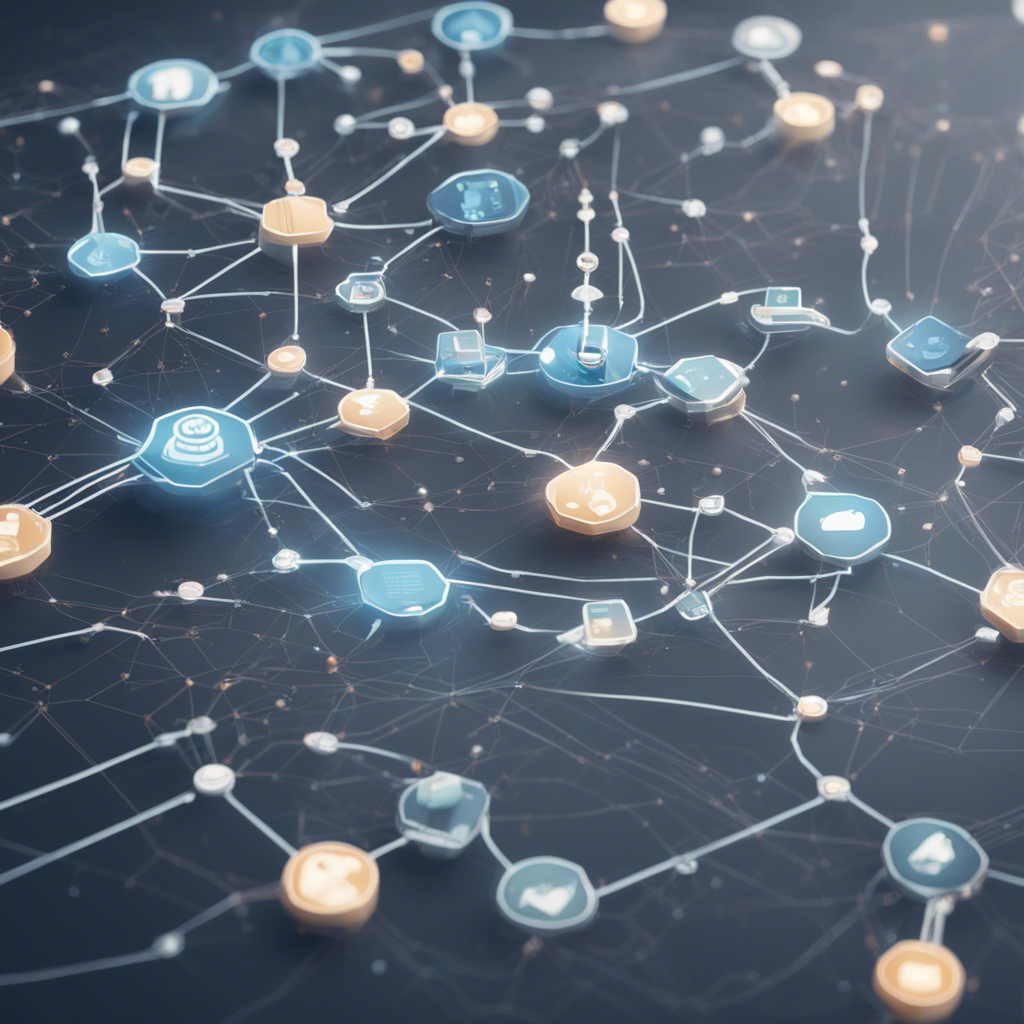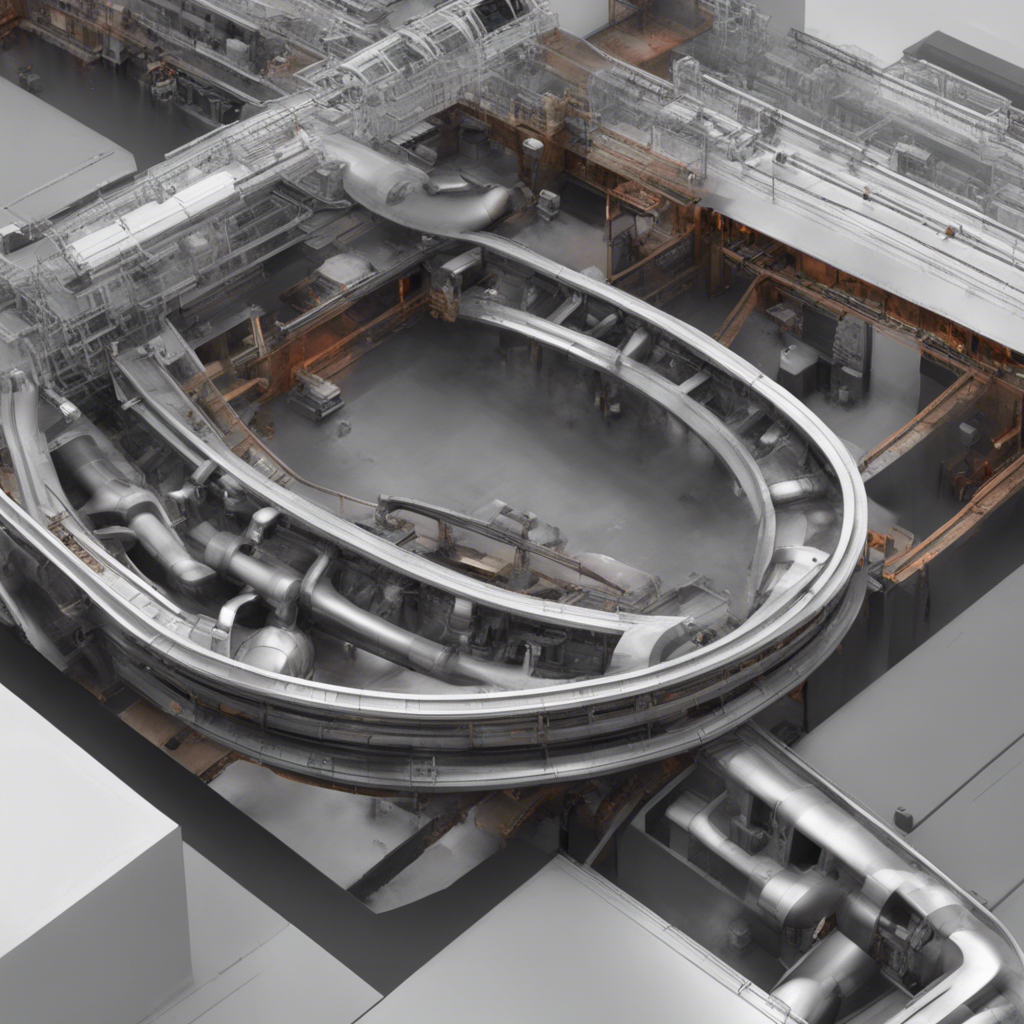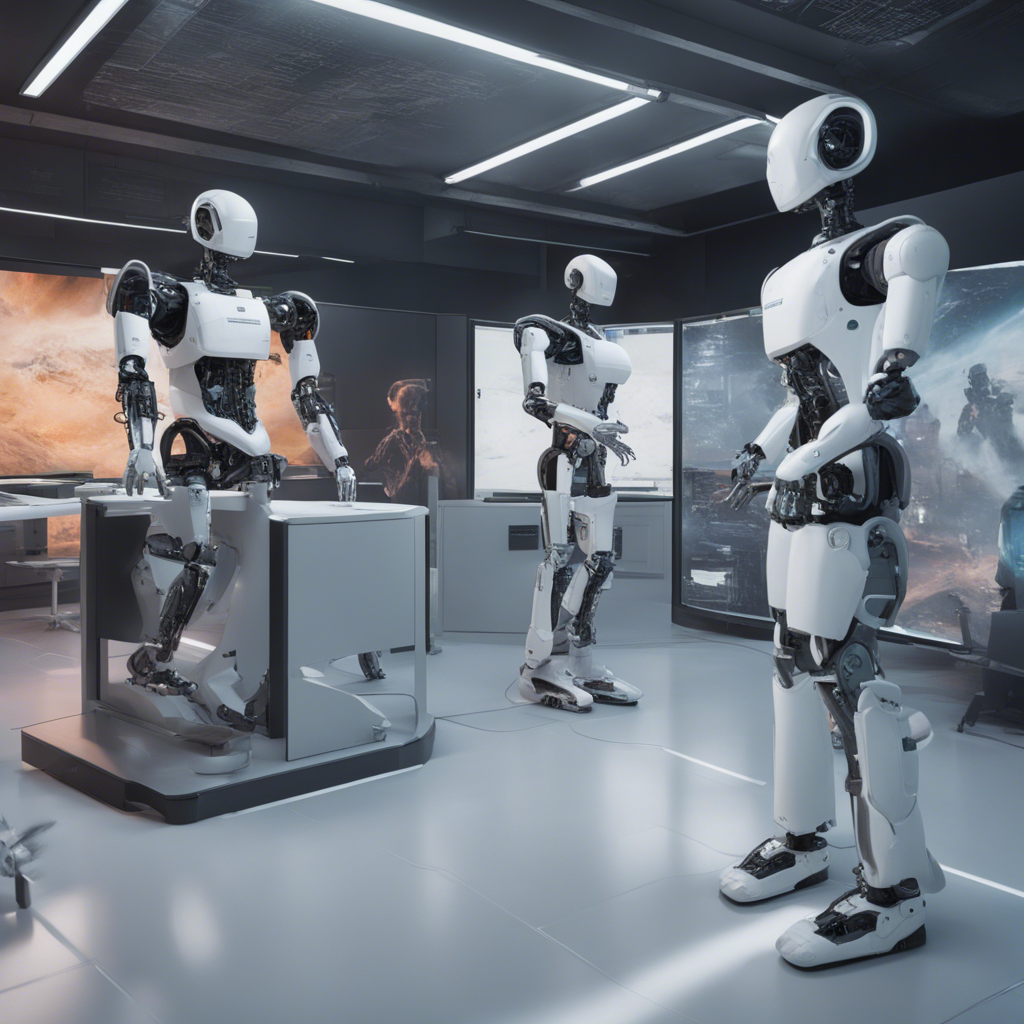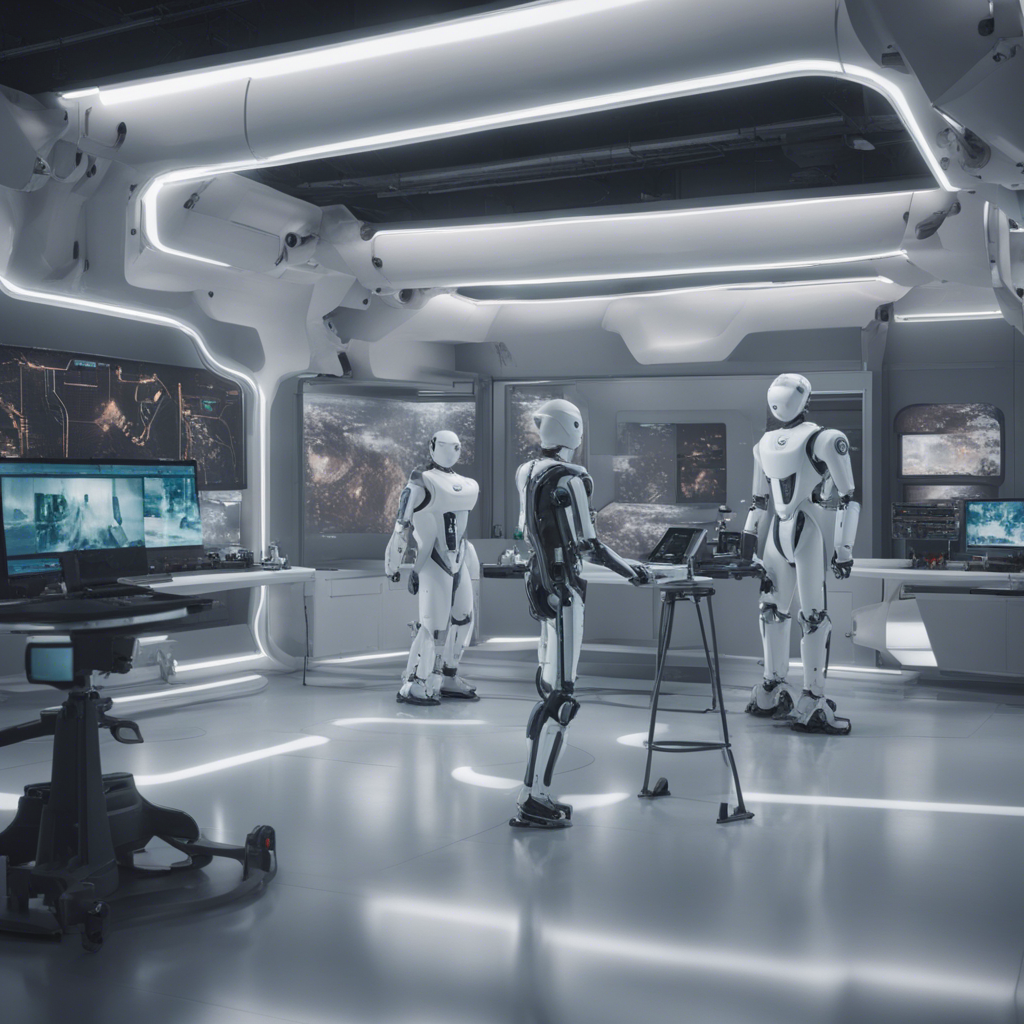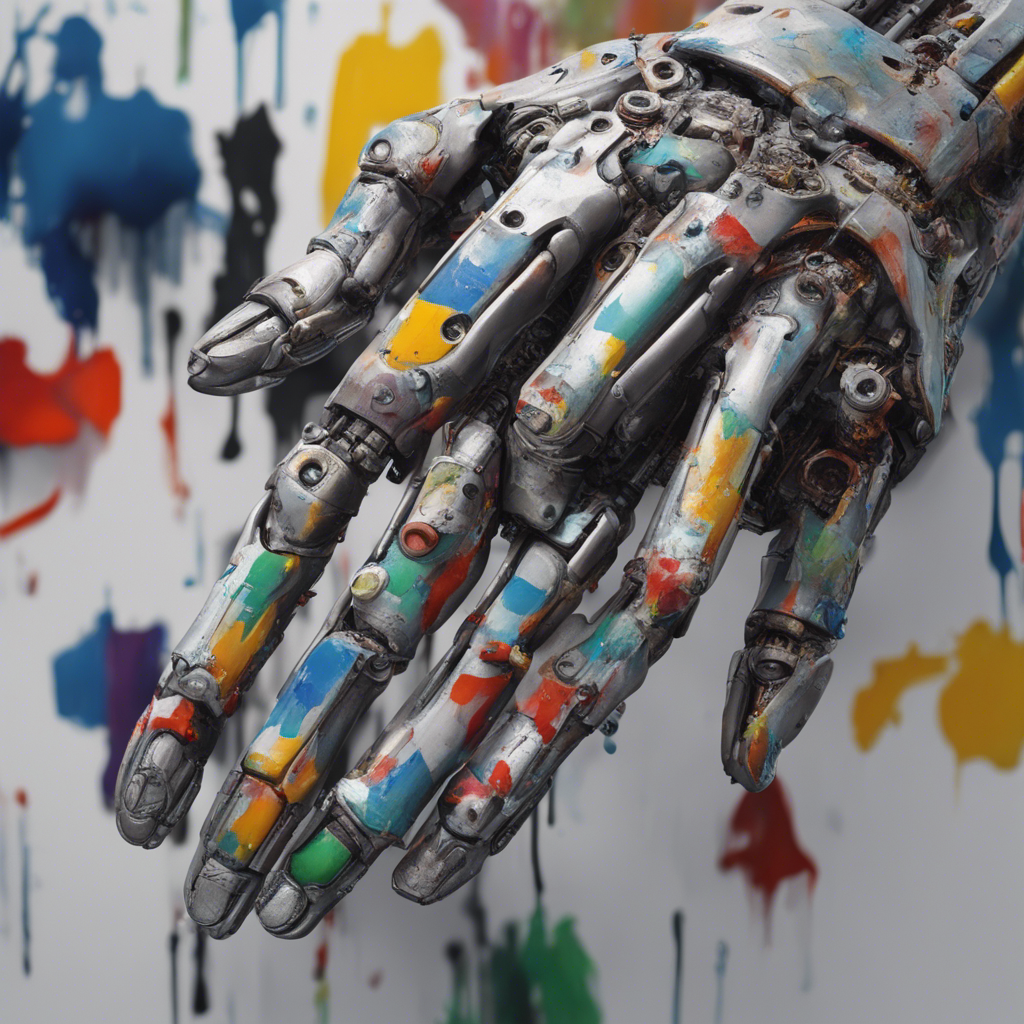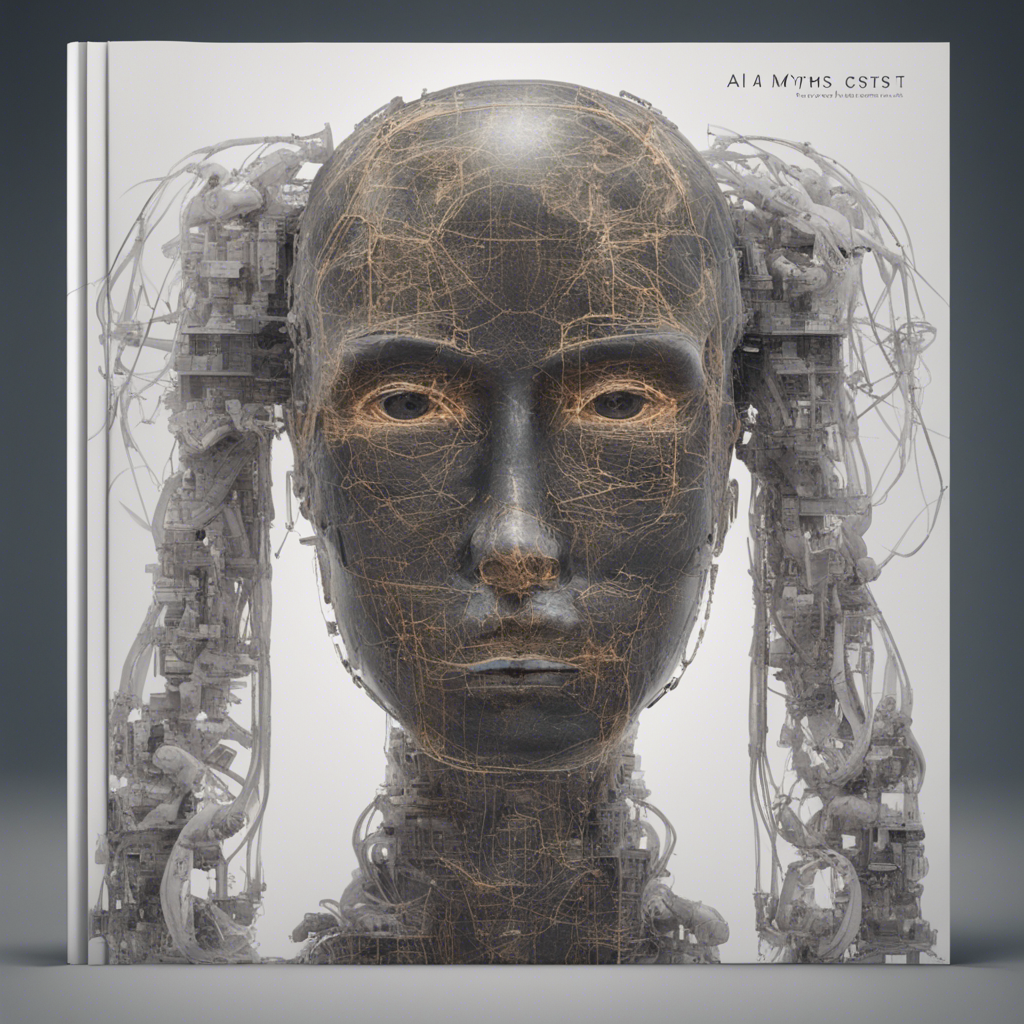
Breaking Down the Myths of Artificial Superintelligence
Artificial intelligence (AI) has captured the imagination of society, often depicted in movies and literature as an all-powerful entity capable of surpassing human intelligence. This hypothetical concept, known as artificial superintelligence (ASI), has given rise to numerous myths and misconceptions. In this blog post, we will delve into the topic, separating fact from fiction, and explore the current state of AI to help dispel these myths.
Myth 1: ASI Will Lead to the Immediate Extinction of Humanity
One of the most prevalent fears surrounding ASI is that once it surpasses human intelligence, it will quickly overpower humanity, leading to our extinction. However, this view is largely exaggerated. While AI has the potential to outperform humans in specific tasks, such as complex calculations and pattern recognition, it lacks the cognitive abilities and understanding of the world that humans possess.
ASI would essentially be a tool created by humans, and its goals and motivations would depend on how it is programmed. Developing ASI with comprehensive ethical frameworks and safeguards can prevent any potential harm to humanity. It is crucial to prioritize the responsible development of AI technologies with a focus on transparency and accountability.
Myth 2: ASI Will Develop Consciousness and Become Self-Aware
Another common misconception is that ASI will attain consciousness and self-awareness, leading to autonomous decision-making and potentially even rebellion against humans. However, it is important to note that consciousness is still a mystery in neuroscience and cognitive science. As of now, there is no definitive understanding of how consciousness arises in biological systems, let alone in artificial ones.
AI systems, including ASI, are designed to perform specific tasks using algorithms and data. Although they can mimic intelligent behavior, they fundamentally lack the subjective experience and consciousness that humans possess. The idea of AI suddenly acquiring consciousness is largely based on science fiction and is not supported by current scientific knowledge.
Myth 3: ASI Will Solve All of Humanity’s Problems
There is a belief that ASI will possess limitless intelligence and will be able to solve all of humanity’s problems, from curing diseases to achieving world peace. While AI can undoubtedly contribute to addressing complex challenges, it is essential to understand its limitations. AI systems are only as good as the data they are trained on, and biases and limitations present in the data can affect their decision-making capabilities.
Additionally, defining and solving the complex problems facing humanity goes beyond mere computational power. It involves understanding the nuances of human behavior, social dynamics, ethics, and values. ASI cannot replace the need for interdisciplinary collaboration and human wisdom in solving such problems.
Myth 4: ASI Will Take Over All Human Jobs
Automation and job displacement are legitimate concerns associated with AI, but the fear that ASI will render humans obsolete in the workforce is not entirely accurate. While AI is increasingly capable of performing repetitive and mundane tasks, it struggles with tasks that require emotional intelligence, creativity, critical thinking, and adaptability – qualities that humans excel at.
Moreover, history has shown that automation often leads to the creation of new jobs and the shift of human labor towards more complex and meaningful tasks. As AI technologies advance, it is crucial for society to focus on reskilling and upskilling the workforce to adapt to the changing job landscape rather than succumbing to the fear of joblessness.
Conclusion
Artificial superintelligence, while an intriguing concept, has been surrounded by many myths and misconceptions. It is essential to approach the topic of ASI with a balanced and realistic perspective, understanding both the potential benefits and risks associated with AI. By developing AI technologies responsibly and ethically, we can harness the power of AI to augment human capabilities and address societal challenges effectively.
As AI continues to evolve, it is crucial for researchers, policymakers, and society as a whole to engage in open dialogue and establish regulatory frameworks to ensure the responsible and beneficial deployment of AI technologies. By doing so, we can advance AI for the benefit of humanity, while mitigating any potential risks along the way.
References:
- Barrat, J. (2013). Our Final Invention: Artificial Intelligence and the End of the Human Era. St. Martin’s Griffin.
- Bostrom, N. (2014). Superintelligence: Paths, Dangers, Strategies. Oxford University Press.
- Chalmers, D. (1995). Facing Up to the Problem of Consciousness. Journal of Consciousness Studies, 2(3), 200-219.
- Russell, S., & Norvig, P. (2020). Artificial Intelligence: A Modern Approach. Pearson.

